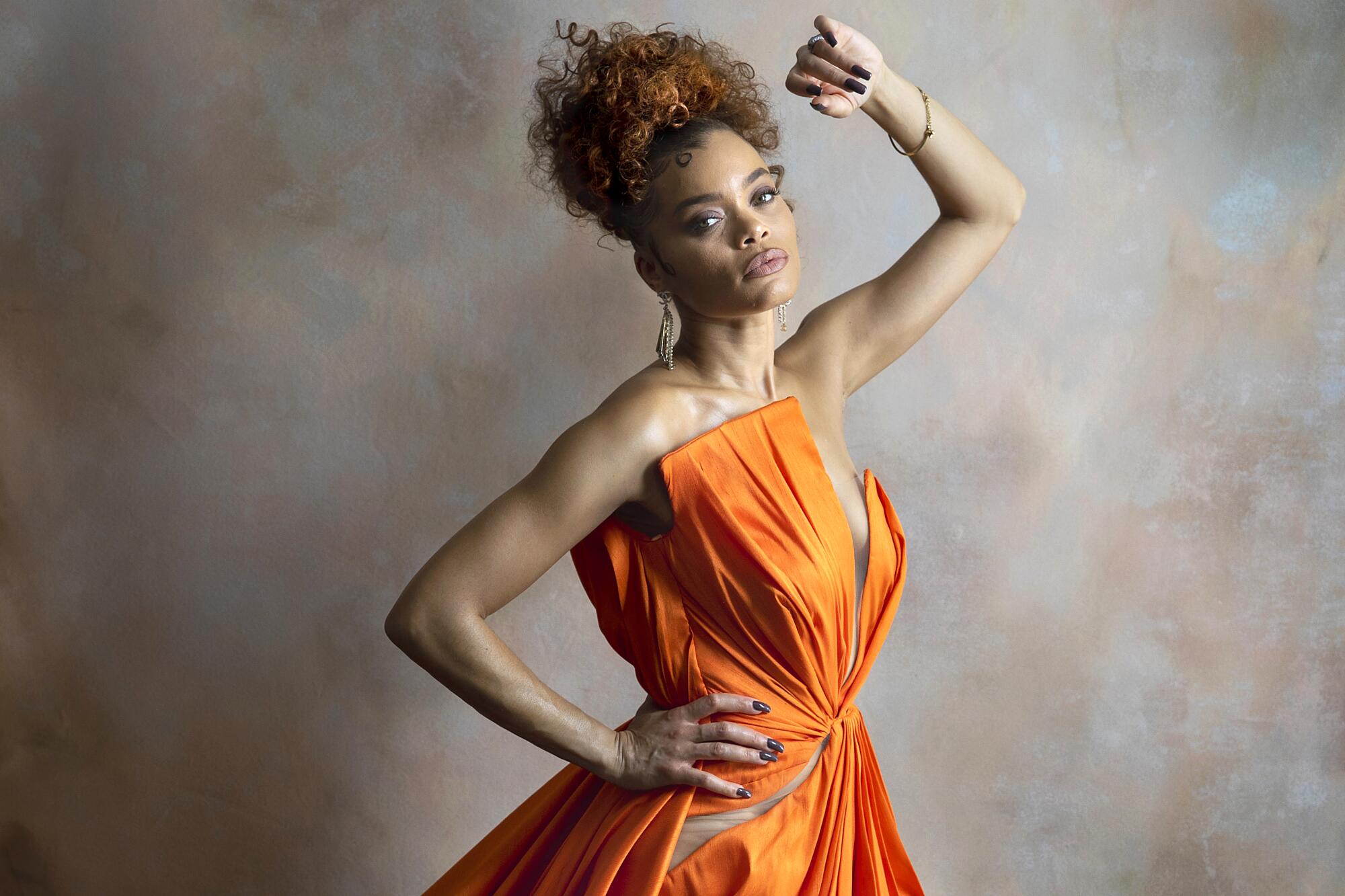
- Share via
Every time Billie Holiday laughs in “The United States vs. Billie Holiday,” it cracks the air, scratchy and ephemeral, fading just as quickly as it began. The first instance, just a few minutes into the film, comes as she bristles at the audacity of the question “What’s it like to be a colored woman?” The rasp of her chuckle slips easily into a cough. It’s the kind of laugh that always betrays the sentiment behind it, all shallow chest and throat, and it’s how Andra Day, who plays the titular role, found a way into the singer. “She sort of had this real ping, paddle [ball]-type of laugh that sort of hits the back,” Day says, offering a quick reenactment over Zoom. “That’s where I feel like, every time I’m faltering, if I laugh, I drop back in it.”
Much of the emotionality Day summons in her feature acting debut is located in the larynx, in the transfiguration of the voice. It was the quality of Holiday’s that she most insisted on as she was mulling whether to take the part. “Her speaking voice is like her history book,” she says. “I feel like it’s a scroll. And on the scroll is written all of her tastes, all of her opinions, her loves, her heartbreaks, her father’s death, her mother’s death, every song she wrote, every time she slammed heroin, every time she did a speedball, did cocaine, every cigarette she smoked, every drag, every drink, everything. Every time the cops went after her, shot at her — everything is written onto her voice.”
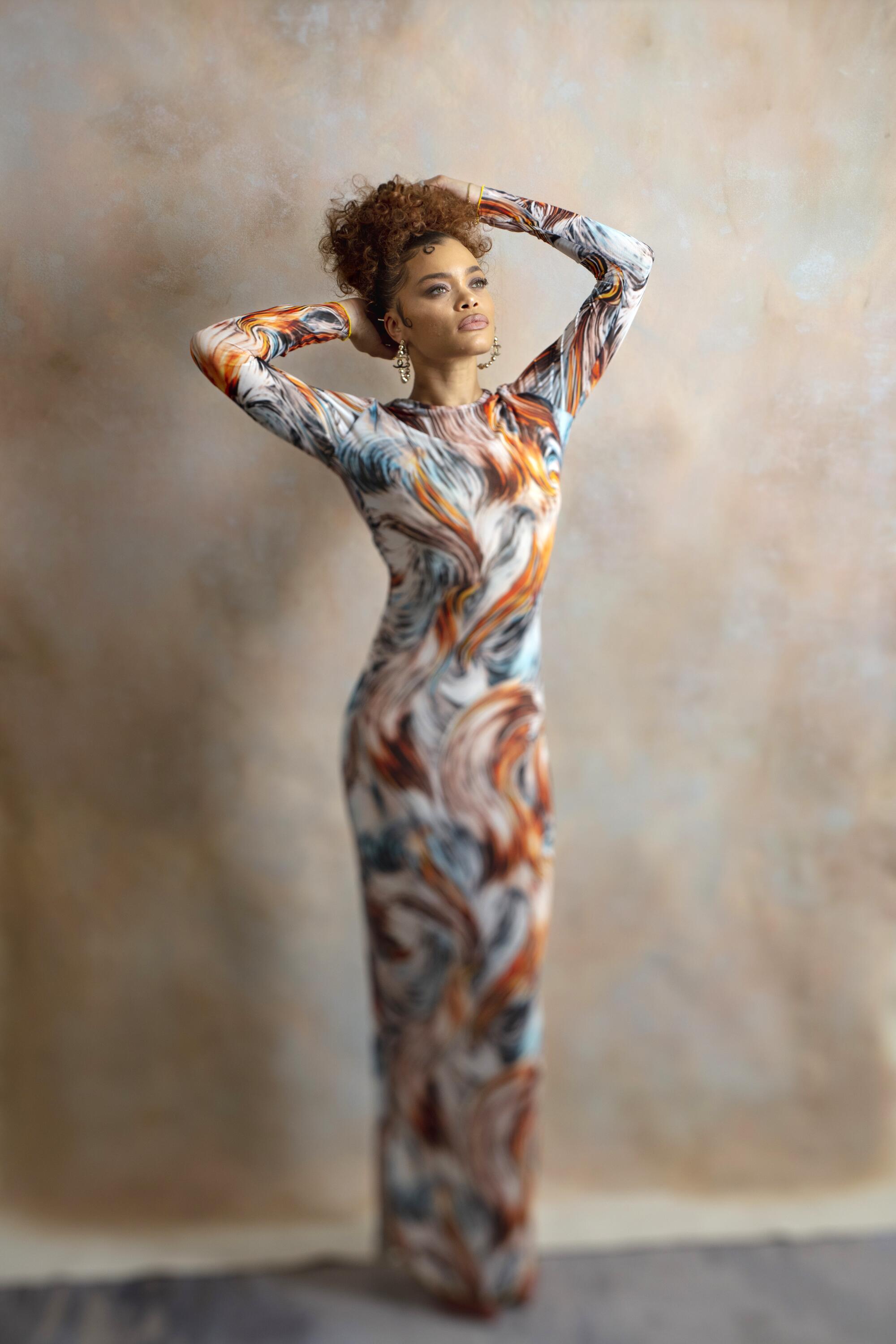
Day’s own voice, not unlike Holiday’s, has a distinct swagger to it. Poised and confident, it carries with it an air that feels at once familiar and singular — the old soul of a matriarch, the casual cool of a homegirl. When she opens her mouth to sing, her voice spills out, regal and engrossing, capable of filling entire rooms with soul. In songs such as “Burn” or her smash hit “Rise Up,” the contours of her timbre are revealed, more classic than contemporary and more jazz than Top 40. Listening to her records or watching her live, there’s no trace of the insecurities that once threatened to zap her assurance in its power.
Though music has been a part of her life since she was a young girl — she began dancing at age 5 and, in sixth grade, started at San Diego School of Creative and Performing Arts — Day admits she spent a portion of her life “uncomfortable” with the sound of her own voice. It just didn’t bend the same direction as the traditional pop and R&B singers that commonly occupy the charts and airwaves. One day, as she was searching for vocalists to study, her musical theater teacher suggested she look into Holiday. “I remember at first being really sort of confused by her voice, a little bit like: What is this, and why would you have me study it?” she says. “To me, it was like, ‘She doesn’t sound like Whitney Houston. She doesn’t sound like Aretha Franklin.’ But I found myself really enamored.”
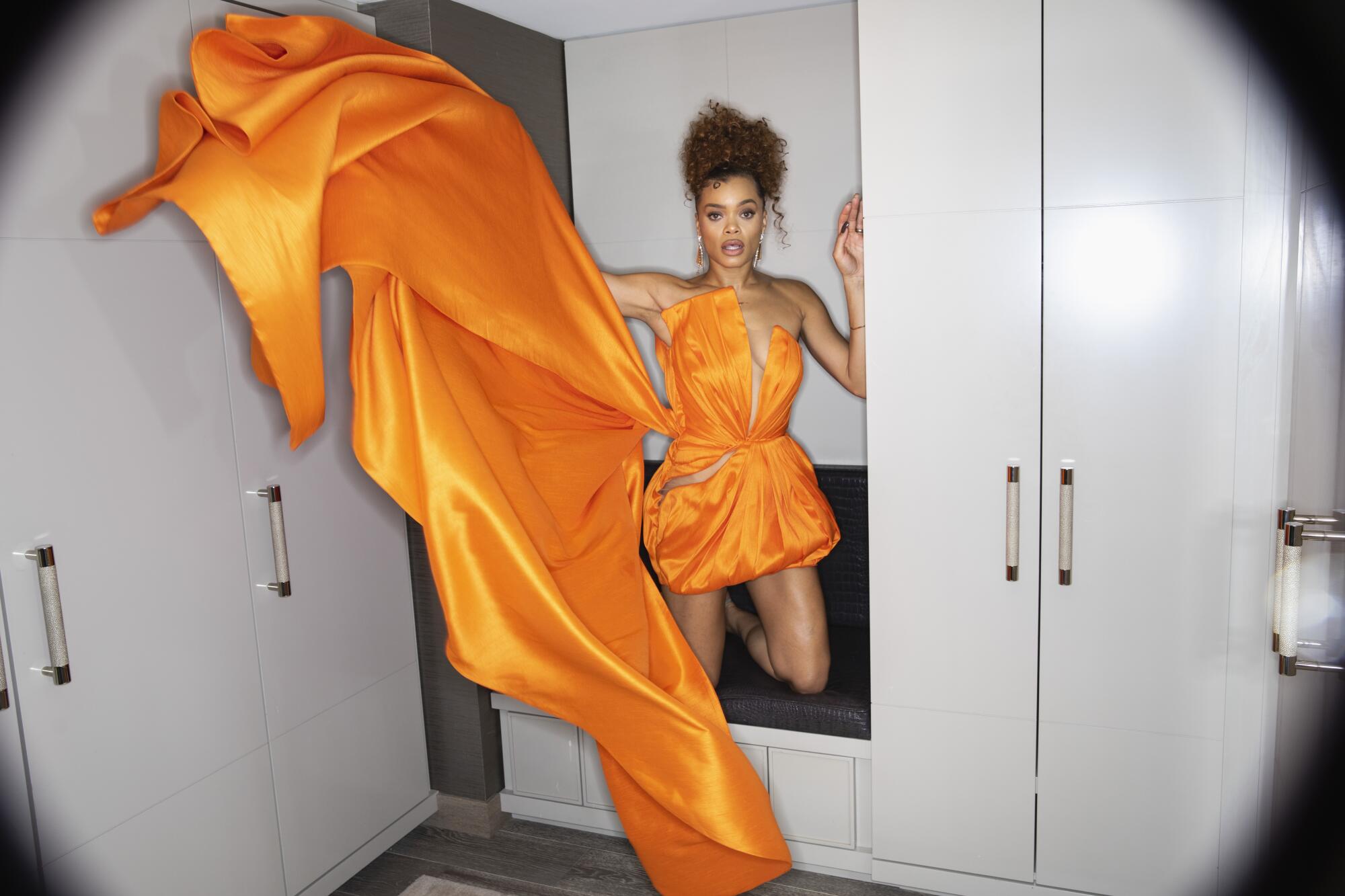
As she sat with recordings of “Sugar” and “Strange Fruit,” each one sparking its own ember, she began to see a pathway illuminated before her. The former provided insights into color and tone, whereas the latter was a master class in the ways in which art can transcend its particulars to become something greater to society. Despite such a deep admiration, Day didn’t exactly leap at the opportunity to play her for the cameras. The last thing she wanted to do was mar the legacy of an icon.
When her manager arranged a meeting with director Lee Daniels, the two bonded over “neither thinking [they] should be there,” but Day appreciated the angle of the story and eventually agreed to sign on. She already knew how to sing. What she needed to learn was alchemy — how to take another’s experiences and filter them through her own to create something honest.
Daniels connected her with Tasha Smith (of “Why Did I Get Married?” and “Empire”), who became Day’s acting coach, teaching her how to call up the past and channel it on-screen. “[The training] helped me to actually cope with the trauma in my life — familial pain that I thought I had done away with, but I was just operating still in it,” she says. “Addiction is a big thing in my family. Mental illness is huge. Divorce as well too, and sexual abuse, physical abuse ... I had to dig up all of that stuff, and she really taught me that it can’t just be like, ‘Oh, I remember this, and that was bad.’ You have to relive it.”
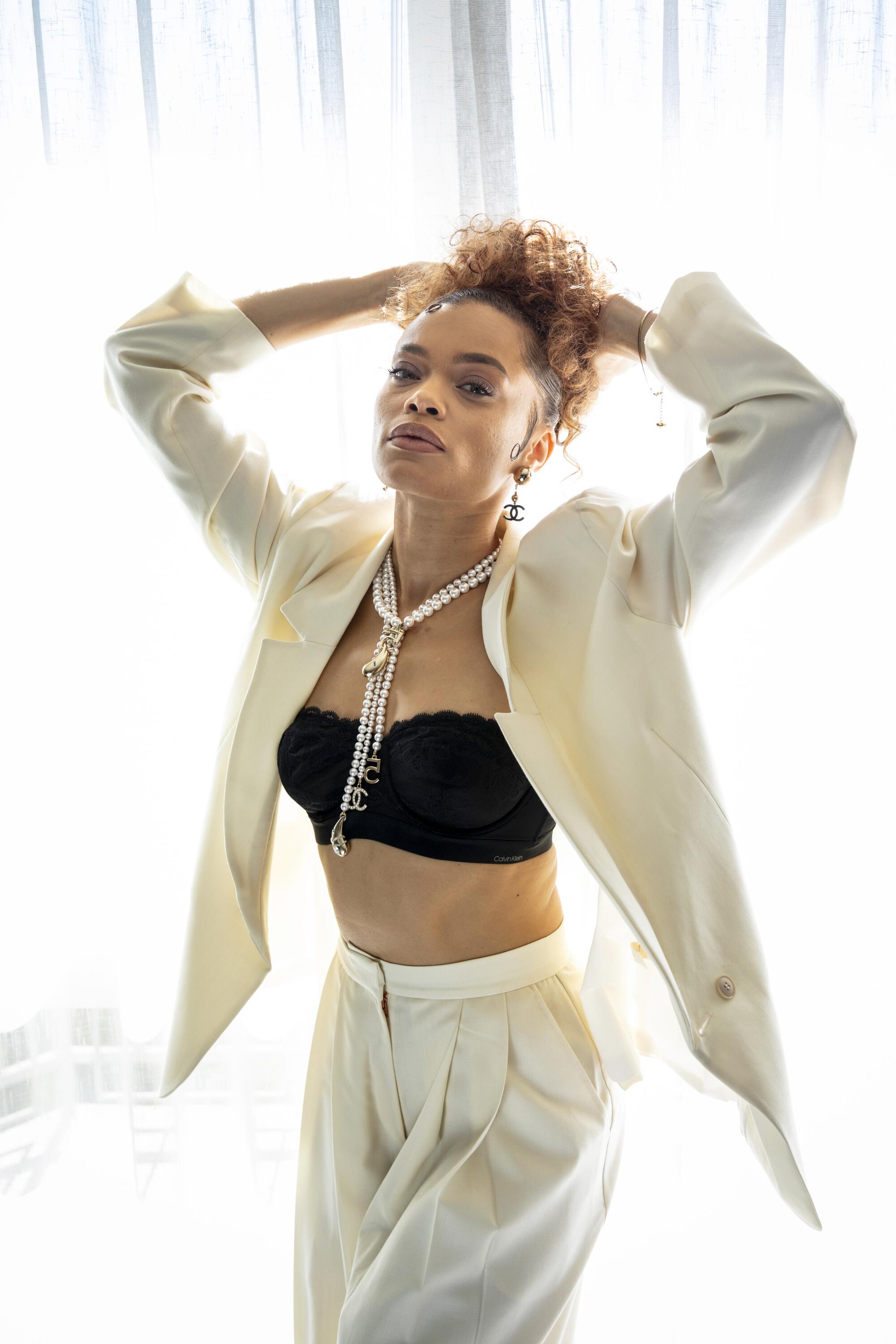
In addition to mining her personal history for source material, she looked to those who have played Holiday before, Diana Ross and Audra McDonald, to inform her as well. Each found in Holiday something intimate to bring to center, and Day sought to honor (though not remake) all three. The mannerisms and the vocal minutiae were things that needed to be learned, but the fashion — which, Day notes, was central to Holiday’s protest — came naturally.
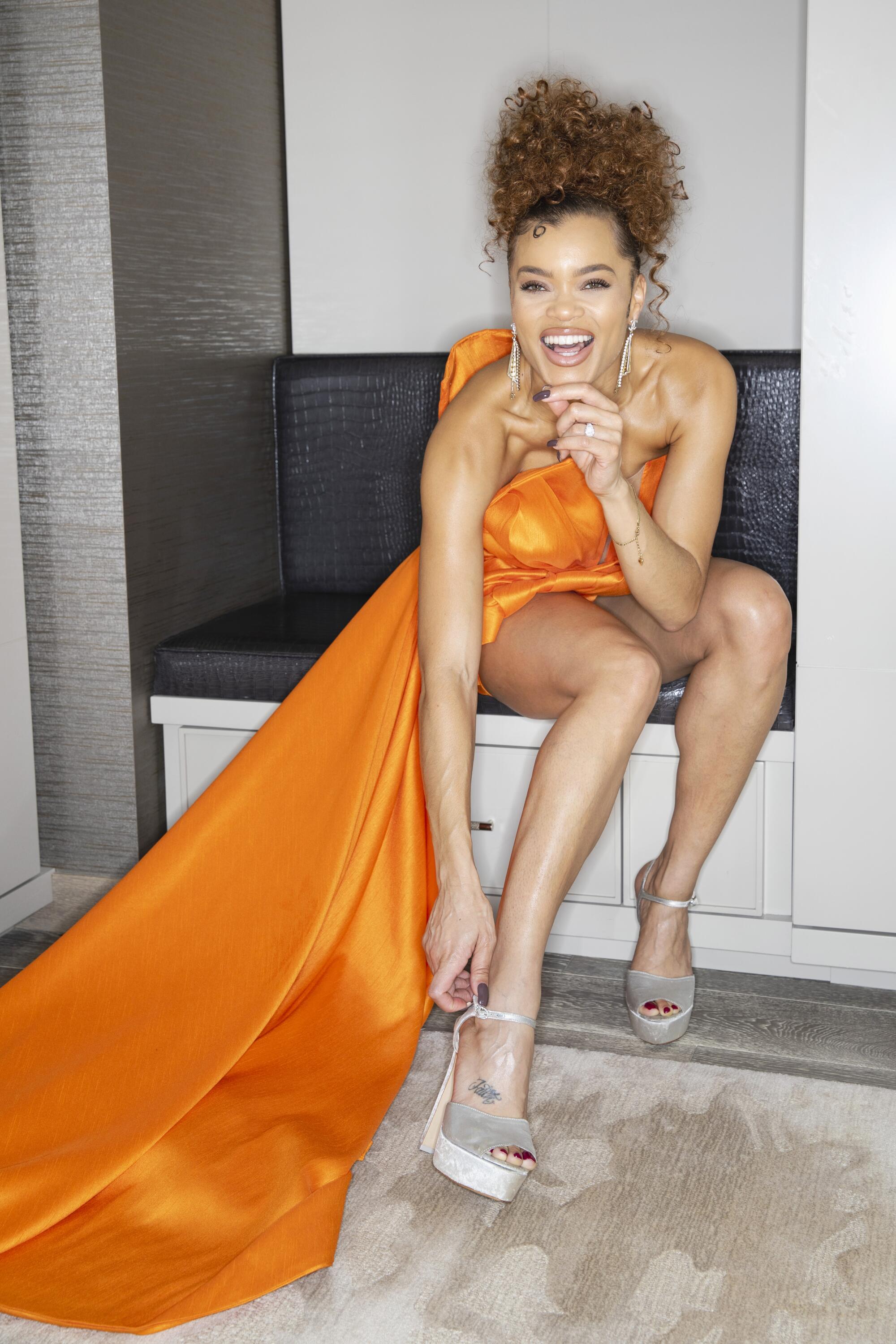
There’s a fearlessness that underscores her current style, a uniquely old Hollywood glam in a sea of ultramodern celebrity fashion that more often resembles high art. Her Google Images page is a collage of bouffed beehive updo’s, pinup-girl curls and bumper bangs adorned in scarves, all finished with elegantly dramatic makeup.
She has long counted Holiday among her style influences, along with such figures as Lucille Ball, Dorothy Dandridge, Pearl Bailey, Marilyn Monroe, Greta Garbo and Shirley MacLaine (with extra emphasis on the latter). Her father frequented classic car shows, exposing Day to the women who looked the part, no doubt an extension of the Southern California nostalgia-kissed rockabilly subculture to which she attributes her fashion sense as well. If it were up to her, she would’ve just as readily been born in the ‘40s or ‘50s (save for the racial terror aspect, she’s quick to point out, which has only shape-shifted today). But it took her into adulthood to begin leaning into those inclinations due to a self-consciousness that told her she would look stupid or awkward donning the attire of that era.
Later, she realized the source of her pause was the lack of Black people typically associated with period clothing, rockabilly and other spaces that traffic in similar styles. “We were written out of that history sort of the way we were written out of a lot of history,” she says, noting that a desire to rectify that helped her gain confidence. “A big part of it was just wanting to just see more Black faces and fashion pieces depicted in such a way.”

In “The United States vs. Billie Holiday,” Day offers up another kind of historical corrective. This one seeks to undo the character assassination, carried out by Harry J. Anslinger and J. Edgar Hoover, that depicted Billie as a tragic addict who had more problems than redeeming qualities. The chill of her darkness has always been the primary story of Holiday, but Day takes care to tend to the warmth of her light.
“I think Billie Holiday’s life was already a fight in activism, but I think portraying her as well is also a fight in activism,” Day says. “Telling her story is always going to be defiant when it comes to the system, because that’s how she was, and that’s who she was by just living freely.”
Defiance comes in many forms. In the film, the very last we hear of Day’s Holiday, as she lies dying in a hospital bed, is her laugh, one final time, like a spirit giving itself permission to be free — wounded but not broken, mortal and yet eternal.

More to Read
Sign up for The Wild
We’ll help you find the best places to hike, bike and run, as well as the perfect silent spots for meditation and yoga.
You may occasionally receive promotional content from the Los Angeles Times.










